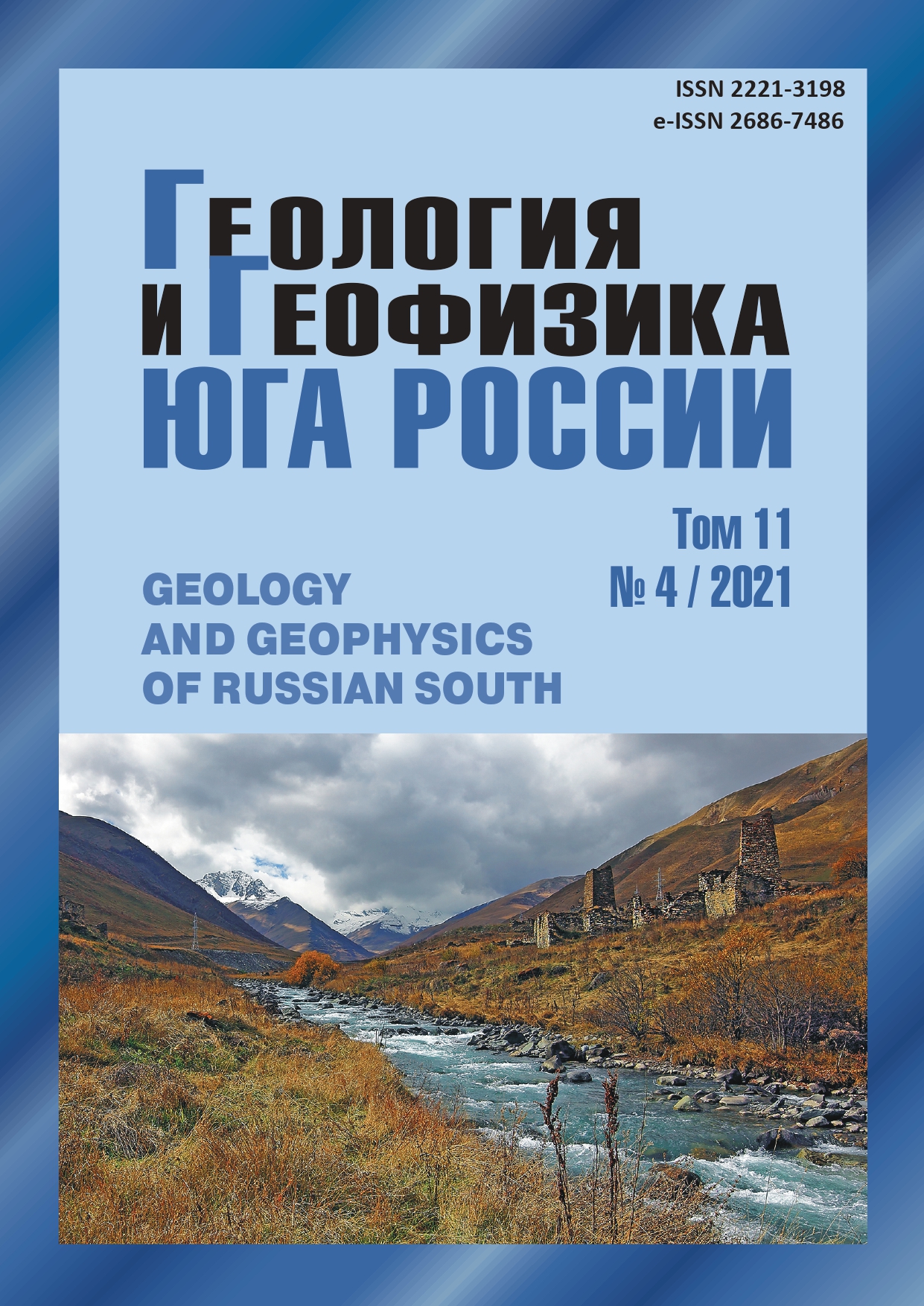Ismayilli earthquake on February 5th, 2019
Abstract
Relevance. The Shamakhi-Ismailli seismogenic zone is known as the zone of the most powerful earthquakes in the Caucasus, which has been characterized by high seismic activity for centuries. Analysis of seismicity over the past 15 years has shown an increase in activity in this region. In October 2012, there was a devastating earthquake with a magnitude of 5.3. It is this earthquake that can be considered a trigger of activity in this region in subsequent years. In view of this, the task of studying seismicity, as well as the stress fields of the lithosphere of the region under study, seems to be especially urgent. The study of the seismicity of the Shamakhi-Ismailli zone provides additional information on the deep tectonic processes occurring in this region, which is important for seismic zoning. Aim. The article analyzes the seismic activity of the Shamakhi-Ismailli region, which began with an earthquake on February 5 at 19 h 19 min, with ml = 4.4, which occurred 11 minutes before the main shock with an intensity of 6 points, which occurred on February 5, 2019 at 19 h 31 m. Methods. The epicentral field was studied, as well as the distribution of foci in depth, solutions of the mechanisms of foci of the main shock and the most noticeable aftershock were constructed and analyzed. A diagram of the main elements of the rupture tectonics of the Shamakhi-Ismailli focal zone has been drawn, on which the mechanisms of the focal points of the lakes of the Ismailli field are plotted. Results. It has been established that the source area is located in the zone of intersection of the Vandam longitudinal fault with the West Caspian and transverse Akhsu strike-slip faults, which additionally characterizes the high seismic activity and deep penetration of the West Caspian right-sided orthogonal fault. Thus, it can be seen that, in terms of epicenters, they tend to the basement faults and the nodes of their intersection, i.e. The main shock that occurred on February 5, 2019, shows the agreement of the second nodal plane NP2 with the right-lateral Akhsu and West-Caspian transverse faults characterized by the type of displacement right-lateral strike-slip. An analysis of the orientation of the compression axes showed the NE-SW orientation, and the extension axes of the NW-SE orientation.


